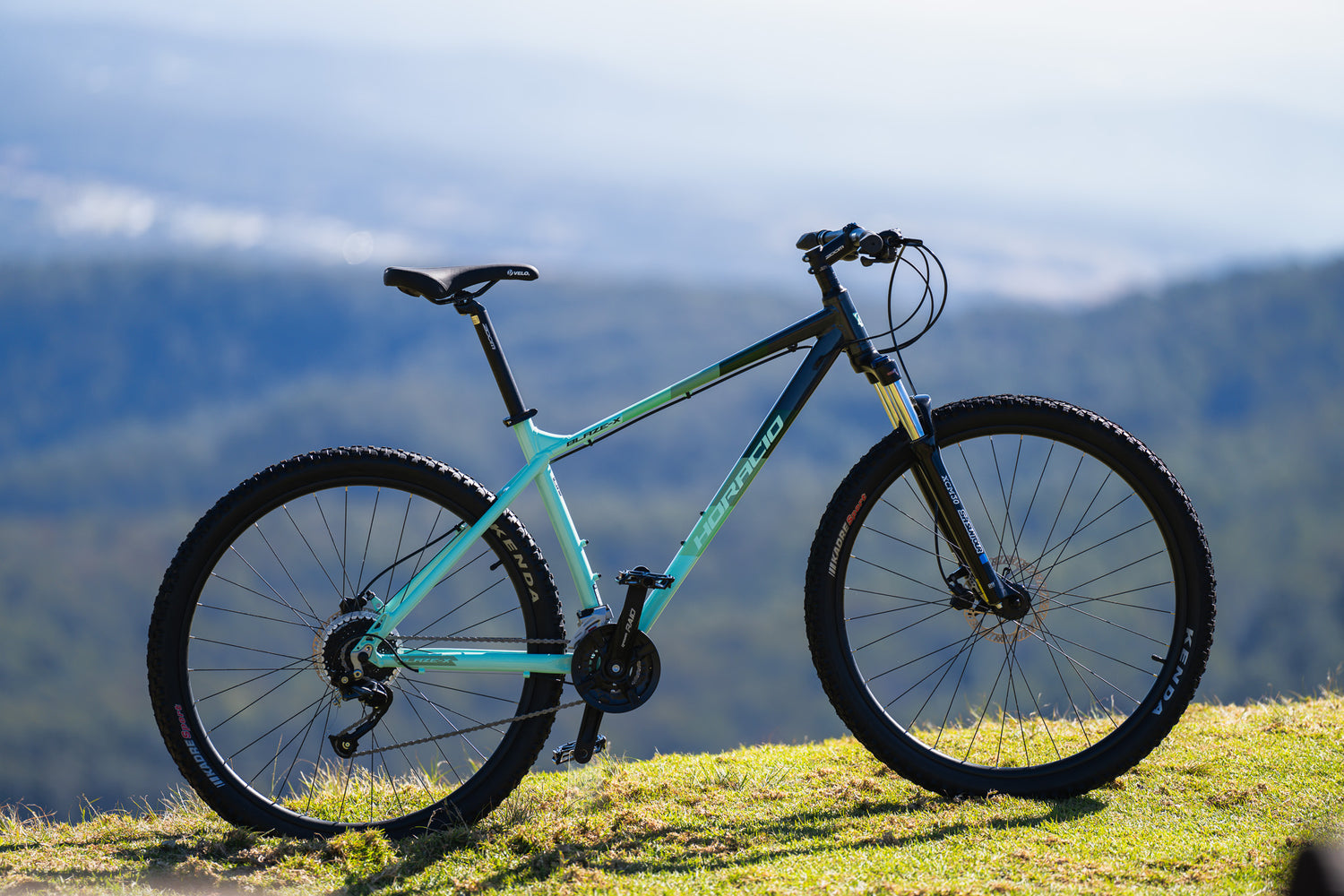Choosing a bike that suits your needs and preferences can greatly enhance your cycling experience. Here are some key factors to consider when selecting a bike:
First, you need to know about the types of bikes.
You can either choose the type of bike that suits your needs or select a bike based on your purpose and road surface.

1.Key Points for Choosing a Bicycle
Consider the purpose and road surface
Before selecting a type of bicycle, it's important to consider your purpose and the road surface you'll be riding on. Ask yourself: Will you be riding for leisure or as a daily commute? How many miles will you be riding? Is the road smooth or bumpy? These are all important factors to consider.
Cycling to work
For a daily commute that is several kilometers on flat roads, a commuter or road bike is a good choice. However, if the road is complicated, a mountain bike may be a better option. For those who need to store their bike in a small space, a folding bike is also a possibility.
Fitness
For fitness riders who prefer flat roads, a road bike is the ideal choice. It offers speed and efficiency for long rides.
Outdoor riding
If you plan to ride on more challenging terrain, such as dirt paths and rocky trails, a mountain bike with good shock absorption is a suitable option.
Long-distance travel
For long-distance travel, touring bicycles made of durable materials with good load-bearing capacity are ideal. They can carry various items and are designed for comfortable long rides.
2. When it comes to choosing a bicycle, the frame material is an important factor to consider.
The most common frame materials include carbon fiber, aluminum alloy, titanium alloy, and steel. The frames made of titanium alloy and carbon fiber tend to be more expensive, while those made of aluminum alloy and steel are generally more affordable.
Carbon fiber is a synthetic material known for its light weight, elasticity, and great ride quality. However, it cannot be easily repaired if damaged, which can be a disadvantage for some riders. Carbon fiber frames are also more expensive than other materials.
Aluminum alloy frames are also lightweight and corrosion-resistant, making them a popular choice among cyclists. Steel frames, on the other hand, offer great shock absorption and a comfortable ride. However, they tend to be heavier and more prone to rust than frames made of other materials.
3. Look at the handlebar group
The handlebar, stem, seat tube, and seat cushion all make up the handlebar group. Riding comfort is inseparable from a good set of the appropriate size.
4. Look at the group set
The group set includes the finger shifter, chainring, crank, front derailleur, bottom bracket, chain, rear derailleur, cassette, and brakes. Famous road bike group set brands include SRAM, Shimano, and Campagnolo, among which Shimano has a high market share.
5. Look at the wheelset
The wheelset refers to the front and rear wheel parts, which are composed of three parts: the hub, spokes, and rim, and are woven into a whole wheel by technicians or manufacturers (nowadays the mainstream is the factory-finished wheel). Disc brake wheelsets and rim brake wheelsets are installed differently due to different braking systems (corresponding to frames). The rim brake wheelset is controlled by the C clamp to control the brake pad to rub the rim to achieve deceleration and braking effect. The disc brake wheelset is controlled by the disc brake caliper to make the disc rub against the brake pads to achieve deceleration and braking effect. Therefore, usually, the rim brake wheelset has a brake surface and uses a quick-release structure, while the disc brake wheelset does not have a brake surface, uses a thru-axle structure, and has a disc installation position (six bolts or center lock, which is currently mainstream for road vehicles).
6. Look at the tires
Tires include tubular tires, clincher tires, and tubeless tires.
Tubular tires: the tire is a whole tube, usually used with glue, and the tire and wheelset are bonded and installed through special adhesive. Tubular tires are repaired with self-rehydration after puncture but may not be able to be replaced. Characteristics of tubular tires: even if the air leaks after the tire puncture because the tire is stuck to the wheelset, there is still grip, and you can continue to ride, but it will cause damage to the wheelset. Therefore, it's best to replace the tire at the next supply point or use a support car. This is why tubular tires are mainstream in racing.
Clincher tires are composed of two parts: the outer tire and the inner tube. The wheelset has a special rim hook, and the inner tube is inserted into the tire, and then the tire is installed and pumped up. Characteristics of clincher tires: they are easy to remove and maintain, and it can continue to be used after replacing or repairing the inner tube, and the maintenance cost is low. Therefore, clincher tires are the most common tires.
Tubeless tires have a similar structure to clincher tires, but there is no inner tube, so the tightness requirements for the wheelset are very high, and a dedicated tubeless valve is used. To install tubeless tires, you need to install the tubeless valve first, add sealant, and then install and inflate the tire. Since tubeless tires are more difficult to install than clincher tires, it is recommended to use them only if you have experience with them. Characteristics of tubeless tires: after tubeless tires are punctured, they can be repaired by self-rehydration, or they can be repaired by using tire plugs. If both methods fail, you can repair the tire and reinstall it with a tire patch or use the inner tube as a clincher tire for emergency use.




